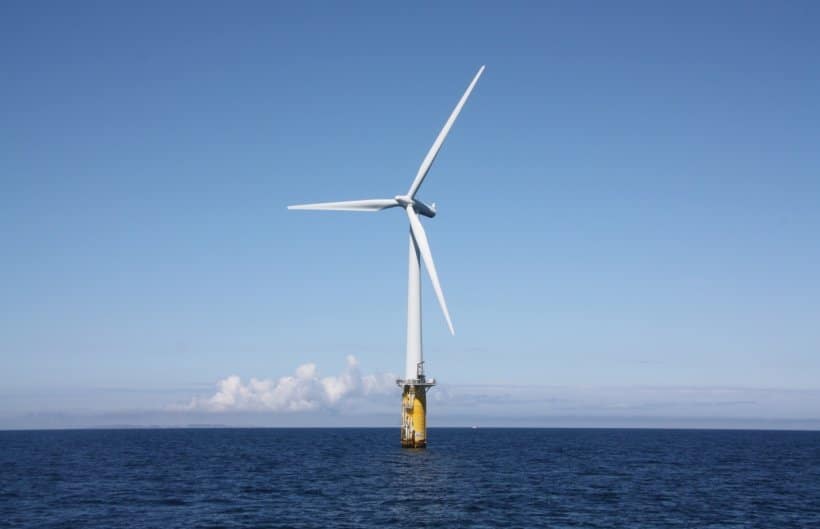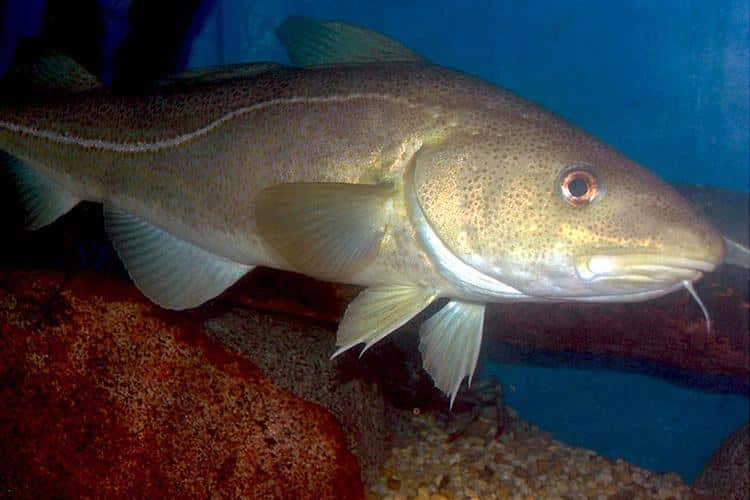
It is hard to deny that there are multiple and likely unnecessary layers of bureaucracy related to ocean development. If one sides with the developers, this bureaucracy is a major and sometimes defeating headwind, no pun intended. If, on the other hand, one sides with the naysayers, the bureaucracy is the weapon of choice to slow or even defeat projects.
Currently, this is what is happening with offshore wind (OSW) development along the Atlantic coast. Slowing it down has caused a series of problems from increased physical costs to increased capital costs. While this happens, one has to wonder if Rome burns, figuratively and literally.
Certainly, one of the objectives with OSW is to mitigate the impacts of global warming of the oceans and the impact of ocean acidification. Mitigating those should have a positive impact on ocean habitat and fishery resources. Some agree and others do not.
Conflicting Accounts
A prime example is one of the OSW projects near the Rhode Island and Massachusetts coast called South Fork. Beyond the general dislike and distrust of OSW, this project area overlaps with Cox (also called Coxes) Ledge which is a known spawning ground for what is left of the Southern New England cod. Should there be concern? You bet. But also hope, since there are many parts to this.
A number of media reports indicated that the Department of Interior/Bureau of Ocean Energy Management (BOEM) ignored their own scientists concerning the Cox Ledge area. Well, not exactly. They are likely referring to the correspondence from NOAA Fisheries similar to all of their responses concerning Federal ocean actions that require essential fish habitat (EFH) consultation and conservation.
Also, the New England Fishery Management Council (NEFMC) designated this area as Habitat of Particular Concern (HAPC). While this designation elevates the value of the area in management terms, it does not automatically carry any additional restrictions. HAPC can have a variety of commercial activities within its boundaries. Essentially what came from NOAA and the New England Council was a caution flag. It was not a cease and desist order.
Concerns Over Cod Spawning Grounds

So what is the issue? First, this is valuable spawning ground because of the vertical structure in a general area of flat underwater topography, likely placed there by a retreating glacier or tectonic upheaval. Most groundfish want this type of structure. Codfish will always tend to congregate there. A concern stems from the construction process of pile driving that coincides with the cod spawning season. Obviously, that would not be a positive, but it seems like that would be a simple work around. Postpone the construction during the winter spawning season for those critical areas.
The developer, Orsted AS and Eversource Energy, cut back the number of turbines from 15 to 12 to try to mitigate some of the impact to the most valuable habitat, so it is hardly a case where advice has been totally ignored. Most of these kinds of projects do have some level of compromise.
There has also been concern that the pilings will cause a massive change in currents. Sure, they will right in the proximity to the piling where the water force increases around the tower piling. Similar currents happen around naturally-occurring rock piles. Managing the effects is what requires scour protection. Placement of properly crafted scour protection will add to the structure that a variety of benthic fish and critters will find appealing. The Nature Conservancy has produced a report on creative ways to enhance this scour protection and make it more valuable habitat.
I have seen just how quickly structure sunk to make an artificial reef attracts fish—just about as fast as it hits the bottom. So to think that vertical hard structure with the addition of structure around its base will not attract a variety of fish goes against what we know.
Proceed with Caution?
Do we have to be careful with how these wind energy areas get developed? Absolutely. I have said this before, but will be repetitious. It seems as if 90-plus percent of the material written and research concerning OSW impacts is negative, focusing on what folks think will be all the bad impacts.
From experience, we know that there can be benefits from this type of structure. Why do we not see some of that in the general press. Perhaps bad news sell better, but it would make a lot more sense to understand both side of the issue. I happen to think the glass is half full.









